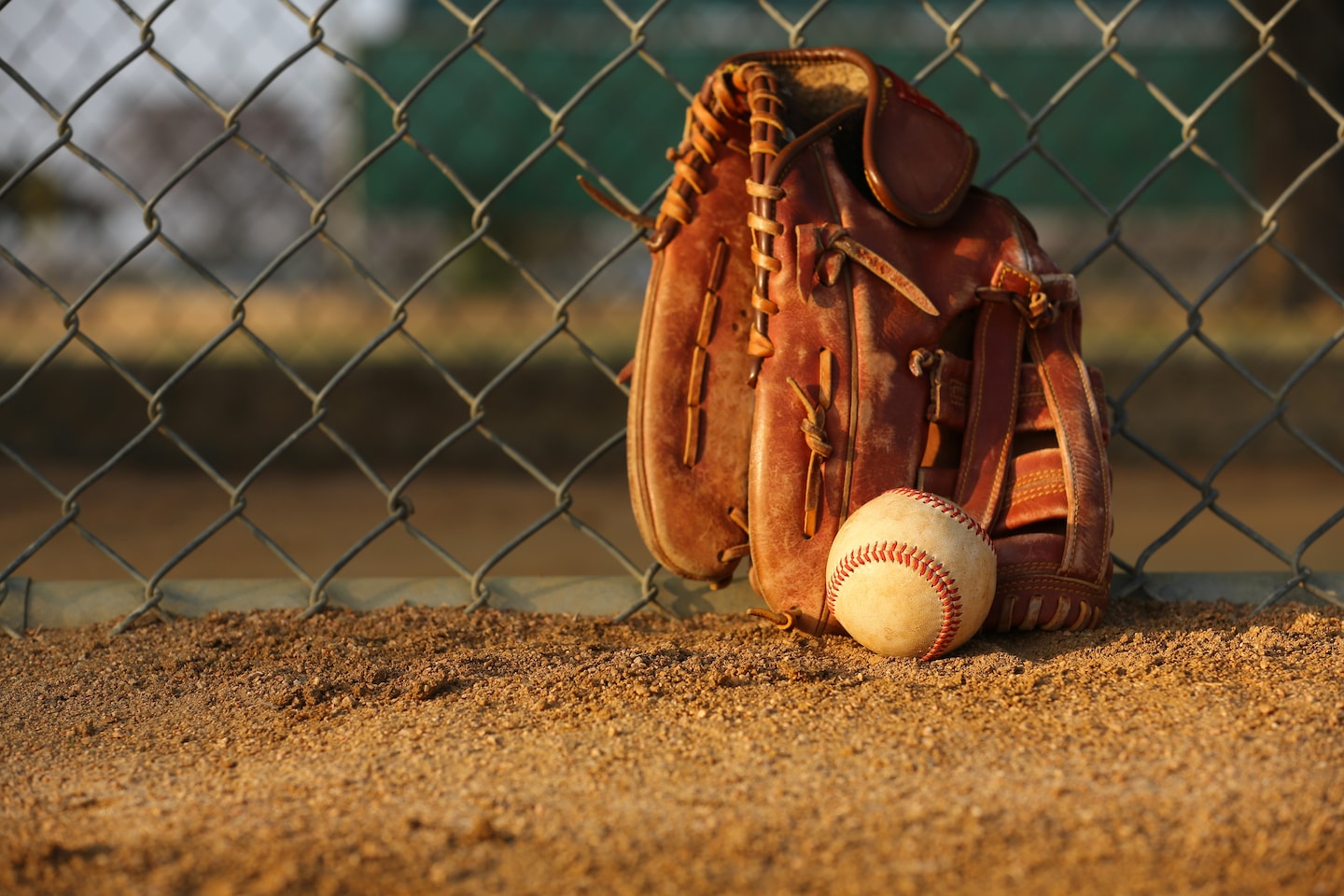Three things to consider before kids resume playing sports, according to a physician

As a sports medicine physician, my answer has been yes for my kids and our family, but with a few caveats. There is no way to make playing on a sports team completely risk free, but we can focus on reducing the dangers as much as we can. There are simple, responsible steps that parents, athletes and teams can take to minimize the risk of infection and help kids to safely get back to the sports they love. I call them the three T’s: tempering risks, tracking cases and training safely.
Tempering risks means following local guidelines for gatherings based on the prevalence of the novel coronavirus, using masks and face coverings whenever practical and employing physical distancing as much as possible. It also means parents should not plan to watch practices in groups, and teams should not dine together after practices. These small compromises can have a big effect in limiting potential exposure if someone later finds out they have the virus.
Parents and coaches will need to work together to set expectations and commit to a pledge on how everyone involved (athletes, parents and coaches) will minimize the risk of spreading the virus. This requires everyone to trust and respect each other, even if someone ultimately decides not to participate.
As part of that social contract, no players should participate if they or anyone in their home is feeling ill, and every team member should inform a team “health officer” if that player or someone in the player’s family tests positive. Coaches can also play a role. They don’t need to rely on an elaborate checklist, but they can simply ask the same two key questions at the beginning of every practice: Do you feel well today? Have you been in close contact with anyone who is sick?
Tracking cases starts when any athlete, coach or family member tests positive or is diagnosed as presumptive positive for the coronavirus. Every team, club and league must have a plan in place for what happens next. Local health departments may be helpful in executing this plan while maintaining privacy. Those in close contact with affected individuals, as defined by the Centers for Disease Control and Prevention, should be notified so they may quarantine per current guidelines. Yelling and breathing heavily while playing sports may change the distances that would qualify as “close contact.” But if people are using face coverings and practicing physical distancing, the implications for other members of the group should be minimal. Teams must be prepared, though, to quarantine whoever meets the definition of having been exposed.
Finally, we must also ensure our children are training safely. Returning to playing organized sports is not like flipping a switch. After any time away from the field — even as little as two weeks — we can see increased risks of injuries and heat illness. To prevent this from happening, we must encourage our kids to focus on conditioning and honing individual skills while gradually increasing the complexity, duration and intensity of workouts. It will probably take six weeks or more for them to reach their prior fitness levels.
As we try to reboot sports, we must recognize that things probably won’t look like they did a year ago. Youth sports such as tennis, cross-country and baseball may be back before more contact-intensive sports such as football, basketball, lacrosse and soccer. Many school districts are grappling with the difficult decision to delay or cancel the competitive fall sports season, reflecting the challenges that arise when trying to schedule hundreds of athletes for practices, games and bus travel, while also adhering to safety guidelines. Some schools are instead considering intramural sports and conditioning programs for their students until competitive sports return.
Still, kids don’t need competitions, tournaments or stands packed with fans to reap the benefits of sports and exercise. We know that sports help our children with social development, teaching teamwork, resilience and the value of sustained hard work. By allowing our kids to get back to sports, even on a limited basis, for conditioning and small-group training, they can find the joy and value in exercise again.
Korin B. Hudson is a physician practicing sports medicine and emergency medicine with MedStar Health and an associate professor at Georgetown University.






